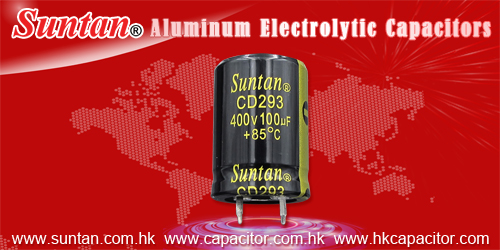Suntan Designed New Leaflet in Portuguese
---All Kinds of Capacitors
| Potenciômetros trimmer SMD | Capacitores de tântalo chip |
| Potenciômetros trimmer retangulares | Capacitores de tântalo SMD |
| Potenciômetros trimmer de bobina | |
| Potenciômetros trimmer fenólicos | |
| Potenciômetros 5, 6, 7, 8, 9 terminais | |
| | |
| Varistores de óxido de zinco chip | |
| Capacitores X2 | Varistores de óxido de zinco SMD |
| Capacitores de filme poliéster verde | |
| Capacitores de filme poliéster metalizado | |
| Capacitores de filme metalizado Mini Box | |
| Capacitores de filme poliestireno | |
| | Capacitor cerâmico trimmer de 3mm SMD |
| Capacitor cerâmico trimmer de 3, 5, 6, 7mm | |
| Retificadores de ponte | |
| Retificadores de uso geral | |
| Retificadore recuperação rápida | |
| Alta retificadores eficientes,diodo Zener | Cristal de Quartzo HC-49S, HC-49SMD |
| Super retificadores rápidos, retificadores Schottky | Cristal de Quartzo SMD 3225, 5032 |
| | |
| | |
| Capacitores cerâmicos multicamadas (MLCC) | |
| Capacitores cerâmicos multicamadas - SMD | |
| Capacitores cerâmicos de alta voltagem | Através do orifício tipo tátil swtich |
| Capacitores cerâmicos multi-camada | Knob Square, interruptor tátil |
| Capacitores cerâmicos de disco | Interruptor de pressão momentânea |

